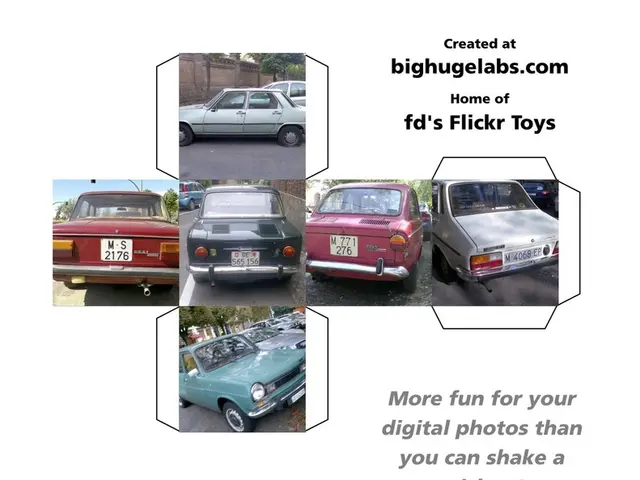Suzuki Vitara earns a rating of 4 stars in Euro NCAP collision assessment test
The Suzuki e-Vitara, recently rolled out of the Maruti-Suzuki plant in Gujarat, India, is set to hit markets like Germany in October 2025. This compact SUV comes packed with an array of safety features designed to protect its occupants and other road users.
One of the key safety systems in the e-Vitara is the Dual Sensor Brake Support II. This system, while efficient in avoiding or mitigating collisions with pedestrians, cyclists, and motorcyclists, does not react to pedestrians approaching from the rear of the car.
Seatbelt reminders are fitted as standard for front and rear passengers, ensuring everyone is securely buckled up. The front passenger airbag can be deactivated to allow the safe use of a rearward-facing child seat.
Child safety is a priority in the e-Vitara, as it scored full points in crash performance. Installation of child restraints is straightforward, with all tested seat types properly accommodated.
The e-Vitara's frontal offset test resulted in stable passenger compartment and good knee and femur protection for both front occupants. Side impact testing, including barrier and pole collisions, returned strong results, providing good protection across all body areas. The e-Vitara scored full points in child safety, offering good protection for all critical body regions of child dummies in both frontal and side impact tests.
The e-Vitara's autonomous emergency braking (car-to-car) system delivers good results across various scenarios, enhancing the overall safety of the vehicle. It also includes features like Intelligent Speed Assistance, combining camera and digital map data to display local limits and provide optional speed limiting.
However, the e-Vitara does not have a system to detect if a child has been left behind, nor is there a door-opening prevention system in place to protect cyclists. The windscreen pillars and base of the e-Vitara's screen showed weaker results in head impact tests for pedestrians and cyclists. In the full-width frontal test, the e-Vitara's rear passenger protection for head and chest was rated as marginal due to forward movement during impact.
To combat driver distraction and fatigue, the e-Vitara includes a direct eye-monitoring system. Lane support with both lane-keeping and emergency lane departure correction functions are also included. The e-Vitara's rear impact performance was more reassuring, with good whiplash test results for both front and rear seats.
Overall, the Suzuki e-Vitara is a safe and reliable choice for those seeking a compact SUV. While it does have some areas for improvement, its strong performance in many safety tests and its commitment to child safety make it an attractive option for families and commuters alike.
Read also:
- Musk threatens Apple with litigation amidst increasing conflict surrounding Altman's OpenAI endeavor
- E-mobility continues its progress after a decade since the scandal, staying on course
- The Commission deems the assistance program to be in agreement with the domestic market regulations.
- Innovative Garments and Accessories Producing Energy: Exploring Unconventional Sources for Renewable Power








